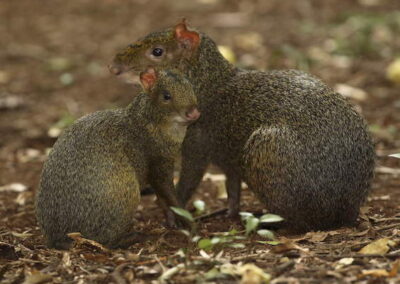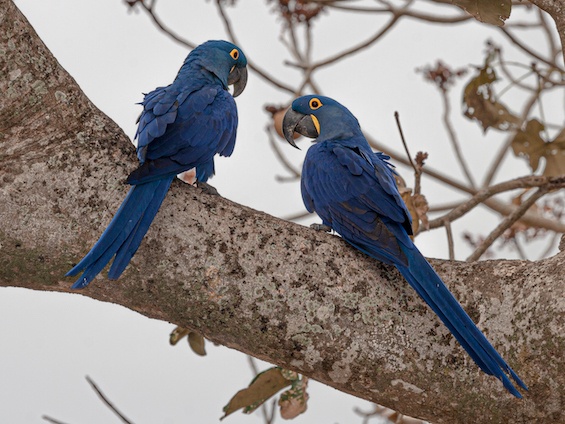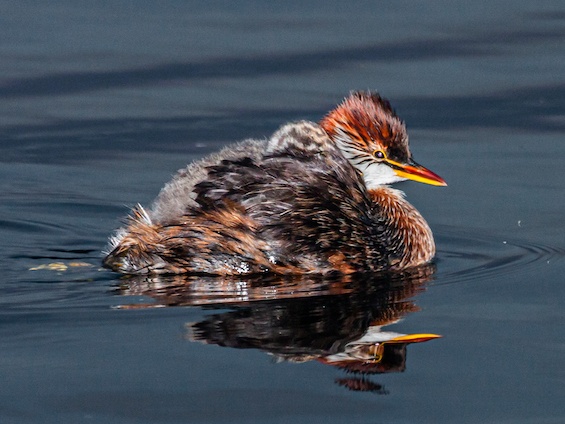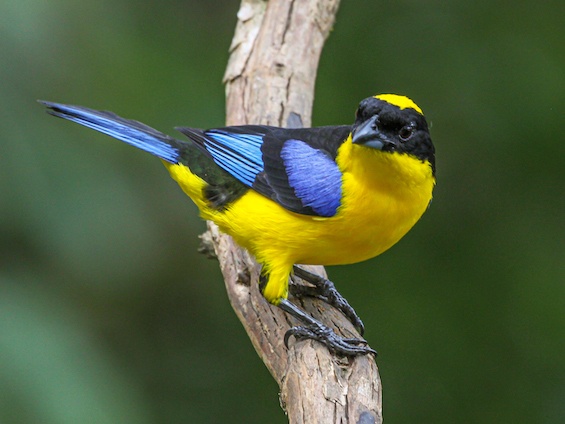Tour Features
The most important forest south of the Amazon is formed by a set of subtropical rainforests including the Brazilian “Mata Atlántica” and the Interior Atlantic Forest in the Argentine province of Misiones. These forests host dozens of unique species of orchids, small primates, bats of rare habits and endemic birds. The most remarkable natural wonder of Misiones is Iguazú National Park, with its unparalleled falls. Here, the Iguazú River falls 70 meters down, forming a fan of cascades with more than 250 individual falls.
Around one million hectares of the highly endangered Interior Atlantic Forest still stand in patches spread throughout the Argentine province of Misiones. Thanks to the efforts made by several local conservation organizations and individuals, most of them have been declared provincial reserves, and at the present they are linked to each other and to Iguazú National Park, forming a big, single conservation unit, known as the Green Corridor. This continuous forest cover supports healthy populations of big mammals, such as Jaguar, South American Tapir and Giant Anteater among others. There are areas of the Green Corridor where the forest canopy is dominated by giant Monkey-puzzle Trees (Araucaria angustifolia). This Araucaria forest cherishes some true forest jewels, such as Araucaria Tit-Spinetail, Red Howler Monkey and the rare Vinaceous-breasted Parrot.
Iguazú Falls can be enjoyed to their fullest by walking along the different walkways of the park and stopping at their many lookouts to behold the most spectacular views of them all. These trails have been built in different levels, and visitors have the chance to see the falls from above and below. A narrow gauge train takes you from the entrance gate of the park to the trails’ entrance, and on to the most spectacular fall of them all: Devil’s Throat. A myriad of colorful birds live in Iguazú. Surucua Trogon, Red-ruffed Fruitcrow, Blue Manakin, five species of Euphonias and several species of Tanagers are all commonly found inside the park. Thousands of Great Dusky Swifts and several species of forest raptors master the skies here as well. The forest canopy is home to noisy flocks of Parrots, Parakeets, Antwrens and five species of Toucans. The lower layers of this rainforest are inhabited by such birds as Black-Fronted Piping-Guan, Spot-backed Antshrike, Black-Billed Scythebill and twelve species of Woodpeckers, including the rare Helmeted. One can also enjoy the magic of this forest by listening to the distinctive calls of birds like Solitary Tinamou, Spot-winged Wood-Quail, Tufted Antshrike and Southern Antpipit.
Thanks to the efforts put throughout the years to preserve the falls and their surrounding habitat as wild as possible, it can be said the nowadays the area looks almost as pristine as it did when the Spanish “Conquistador” Alvar Núñez Cabeza de Vaca first saw them in 1542. The unique conditions of the forest in Iguazú made it possible for the producers of the famous film “The Mission” (starring Robert de Niro and Jeremy Irons) to recreate the conditions under which the Jesuit missionaries lived in the region more than two centuries ago.
Tour Highlights
Iguazú Falls, around 250 species of birds, hummingbird feeders, more than 600 species of butterflies, the Atlantic Forest.
INFORMATION
Tour Interest:
Tour Type:
Tour Dates:
Tour Duration:
Starts/Ends:
Best time to go:
Prices:
What’s Included?
What’s Not Included?
Itinerary ( 4 days )
Day
1
Arrival
Afternoon meeting with your Trogon Tours’ leader at Puerto Iguazú (Argentina) or Foz do Iguaçú (Brazil) airport. Transfer to your selected hotel in Puerto Iguazú. O/N Puerto Iguazú
Day
2
Iguazú National park.
Full day exploring Iguazú National park. O/N Puerto Iguazú
Day
3
Urugua-í Provincial Park.
Full day exploring Urugua-í Provincial Park. O/N Puerto Iguazú
Day
4
Tour Conclusion.
Last morning birding in Iguazú. Afternoon transfer to your selected airport. Tour Conclusion



































